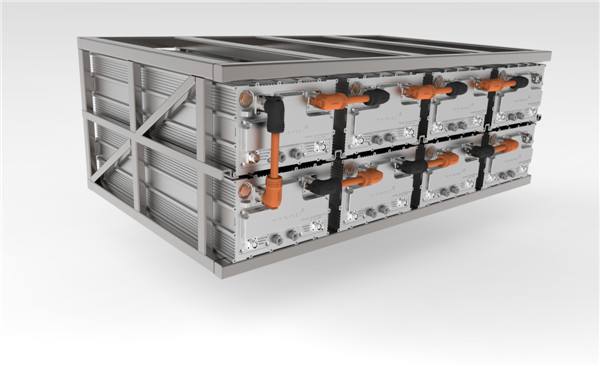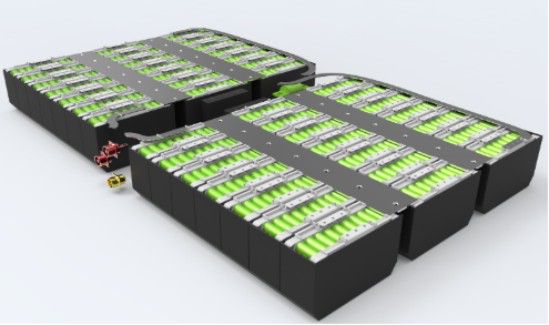How To Jumpstart A Dead Lithium Ion Battery?
Jun 17, 2019 Pageview:3643
We all hate the dreaded flashing red light the power tool battery charger displays. Well, no, we hate the implications of it. That little light means we have to get a new battery, because ours is dead. However, we now batteries might be expensive, or you might be in a rush and need to use it right now. We have a solution for it, sort of. Here is a trick on how to jumpstart a dead Li-ion battery.
Before we begin, it is important to remark that doing this kind of things is a little bit dangerous. Hacking or altering a battery beyond what is in your manual might not be the best idea. If you get a battery failure it is better to leave it to the professionals. Battery failure can mean a lot of things, but mainly that there is an underlying issue with the battery. And an issue with the battery can lead us to something we have already seen, exploding and caught-on-fire batteries. Make sure that when doing this you are taking the preventions necessary to avoid an accident.
However, if you want to take the chance, then it is up to you. Here is how you do it, and why you are actually able to do it.
First, can a dead lithium-ion battery be jumpstarted?
Technically, yes. The truth is it depends on the overall state of your battery. A battery can only be jumpstarted if the cells aren’t dead. Most batteries get automatically disconnected when the cells from the pack terminals fall below a certain voltage (it is usually around 2.2 – 3, it is indicated in the package or instructions). This is because if you go lower, anode dissolves into the electrolyte and when recharged can cause an internal short, which is extremely dangerous.
If your battery is technically dead but the cells aren’t then you can jumpstart it by slowly adding current to the cells again. But again, it is a little dangerous.
So, in summary, you can, but you shouldn’t. Recycle it, that’s a better option.
Instead, if your battery isn’t dead, make sure you take measures to elongate its lifespan. Always store it in a room that is rather cold. If it is discharged, charge it as soon as possible, this way you avoid it from becoming “dead” discharged. Finally, charge it often to improve its lifespan; when it comes to Lithium-ion batteries, it is recommended to not charge over 80%, but most importantly to never let it get fully discharged.
How to jumpstart a dead lithium-ion battery?
Ok so, the thing with “dead” lithium batteries is that they are somewhat programmed to not be charged when going below a certain voltage (usually 2.2- 3 volts). First of all, turn off the power source and remove the battery. You’ll also need a “healthy” battery. You need to charge the battery at a very low current. So, grab the good battery (it has to be marked the same voltage as yours) and connect them using crocodile clips. You need a working circuit, which means positive needs to be connected to negative. With this, you begin to charge the battery until it is able to hold the charge if you stop the current. This process will usually take about 10 to 15 minutes. You should monitor this with a voltage reader and see if the voltage is going up if it isn’t then it means the battery cannot be revived, so just stop trying before you cause an accident. It is important that you supervise the batteries at all times to make sure there is no overheating. You should also do this in a place where it won’t cause too much damage if it lights up, and have a fire extinguisher in hand.
If your battery cells did begin to rise in voltage, then the battery should be able to hold the higher charge and, you should be able to charge it normally.
To make sure its performance remains good, charge it to 100% and then discharge it by connecting it to something that will take a lot of its energy, so it should happen fast. Put the battery on an airtight bag and freeze it for 24 hours. Your kitchen freezer should suffice. Make sure there is no moisture inside of the bag. Then take it out of the freezer and leave it at room temperature for at least 8 hours.
Now its performance should be improved and you should be able to use it normally for at least some more cycles.
Cost and tools of jumpstarting a dead lithium-ion battery
The costs might vary considering where you live, what you are buying (brand, voltage, etc). Here is what you will need and the average prices in the market.
· Dead battery – this one you have at home
· A good battery that is the same voltage of the dead one – guess you also have at home because if you didn’t then there is no point on buying one just to charge the old one. However, if you do want to buy it and have 2 batteries, then the average cost of a lithium battery in 2019 is 158 U.S. dollars per kilowatt-hour.
· Voltage meter – this one depends on the brand and the abilities the voltmeter has. The average price on the market is about $30 US dollars.
· Crocodile clips – will cost around 15- 20 US dollars.
· Airtight bag – you have at home probably
· Safety glasses – in case anything happens, batteries are volatile and should always be handled with care. Good safety glasses have a cost of around 25 US dollars.
What are the materials you will need, you probably have most of this things at home, however, assuming you are buying everything new, to jump-start a 20 volts lithium battery will cost you around $150 US dollars.
- Prev Article: Lithium-Ion Battery Production Line
- Next Article: How to dispose of lipo batteries?
Leave Message
Hottest Categories
-
Hottest Industry News
-
Latest Industry News











